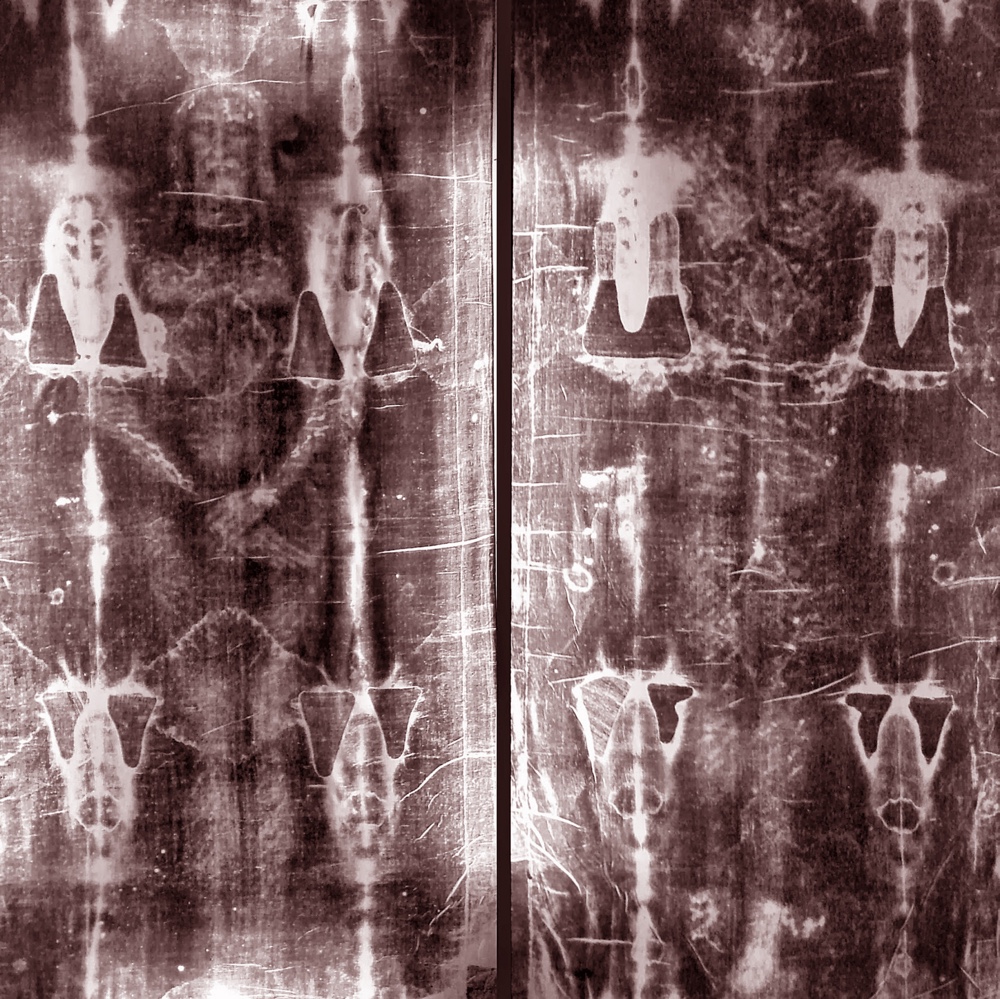Shroud of Turin Is a Fake, Bloodstains Suggest

The Shroud of Turin is said by some to be the burial cloth of Jesus and by others a medieval forgery. Now, a new study using modern forensic techniques suggests the bloodstains on the shroud are completely unrealistic, supporting arguments that it is a fake.
The Shroud of Turin is an ancient linen cloth about 15 feet long by 4 feet wide (4.4 by 1.1 meters) that bears the image of what appears to be a crucified man's body. On display at the Cathedral of Saint John the Baptist in Turin, Italy, it is one of many shrouds claimed over the centuries to be the one true burial cloth of Jesus.
But in 1988, scientists carbon-dated the shroud's origins to between A.D. 1260 and 1390, supporting claims that it is merely a hoax, as Jesus' lifeis thought to have come to an end in A.D. 33. Still, whether or not the shroud is a fake is still a hotly debated question. [Religious Mysteries: 8 Alleged Relics of Jesus]
To help shed light on this controversy, researchers strove to use modern forensic techniques on the shroud. They focused on the bloodstains from the supposed crucifixion wounds on the linen, aiming to reconstruct the most likely position of the arms and body within the shroud.
The scientists applied blood — both human and synthetic — onto a live volunteer to see how blood would run in rivulets down his skin as he lay with his arms and body in various positions. Furthermore, Jesus was supposedly stabbed in the side with the Holy Spear as he hung on the cross, according to the Gospel of St. John. As such, to mimic a spear wound, the researchers stuck a sponge on a wooden plank, soaked the sponge with synthetic blood and jabbed this fake spear into the side of a mannequin to see how the blood ran down the body. They finally compared all these bloodstain patterns with ones seen on the shroud.
They found that if one examined all the bloodstains on the shroud together, "you realize these cannot be real bloodstains from a person who was crucified and then put into a grave, but actually handmade by the artist that created the shroud,"study lead author Matteo Borrini, a forensic anthropologist at Liverpool John Moores University in England, told Live Science.
For instance, two short rivulets of the blood on the back of the left hand of the shroud are only consistent with a person standing with their arms held at a 45-degree angle. In contrast, the forearm bloodstains found on the shroud match a person standing with their arms held nearly vertically. A person couldn't be in these two positions at once.
Sign up for the Live Science daily newsletter now
Get the world’s most fascinating discoveries delivered straight to your inbox.
The scientists did find that the bloodstains on the front of the chest did match those from a spear wound. However, the stains on the lower back — which supposedly came from the spear wound while the body was positioned on its back — were completely unrealistic, they said.
"If you look at the bloodstains as a whole, just as you would when working at a crime scene, you realize they contradict each other," Borrini said. "That points to the artificial origin of these stains."
All in all, this research shows "how we can apply forensic techniques not only to new forensic cases, but also to ancient mysteries," Borrini said.
The scientists detailed their findings online July 10 in the Journal of Forensic Sciences.
Originally published on Live Science.

Scientists built largest brain 'connectome' to date by having a lab mouse watch 'The Matrix' and 'Star Wars'
Archaeologists may have discovered the birthplace of Alexander the Great's grandmother
Elusive neutrinos' mass just got halved — and it could mean physicists are close to solving a major cosmic mystery









